Wedding Day Portrait Session
2025 brides-to-be — here’s a photographer’s guide to making the most of your wedding day portraits. Years from now, the images you frame, slip into albums, and set as your screensaver will likely come from these sessions.
I recommend setting aside at least 3-4 hours in your timeline for portraits — covering solo shots of the bride and groom, the first look (if planned), family portraits, and couple’s portraits. To make it happen smoothly, ask your hair and makeup team to have the wedding party ready about 4 hours before the ceremony, allowing a comfortable buffer for inevitable delays.
Bridal Portrait (60-90 minutes)
- Candid getting ready photos
- Solo bridal portrait
- Bride with family/bridesmaid
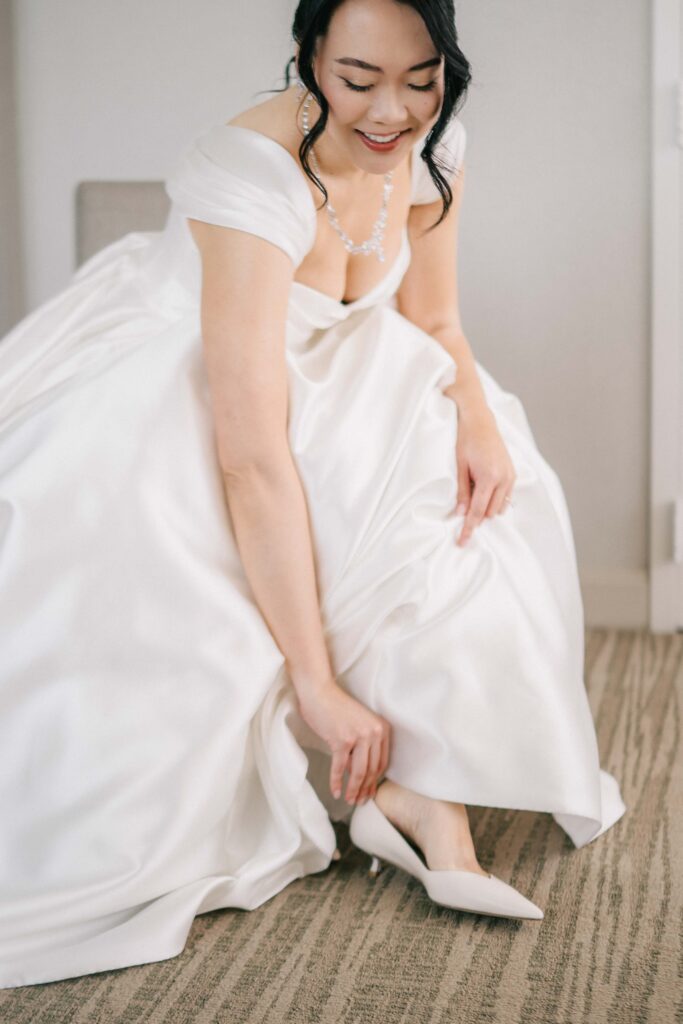
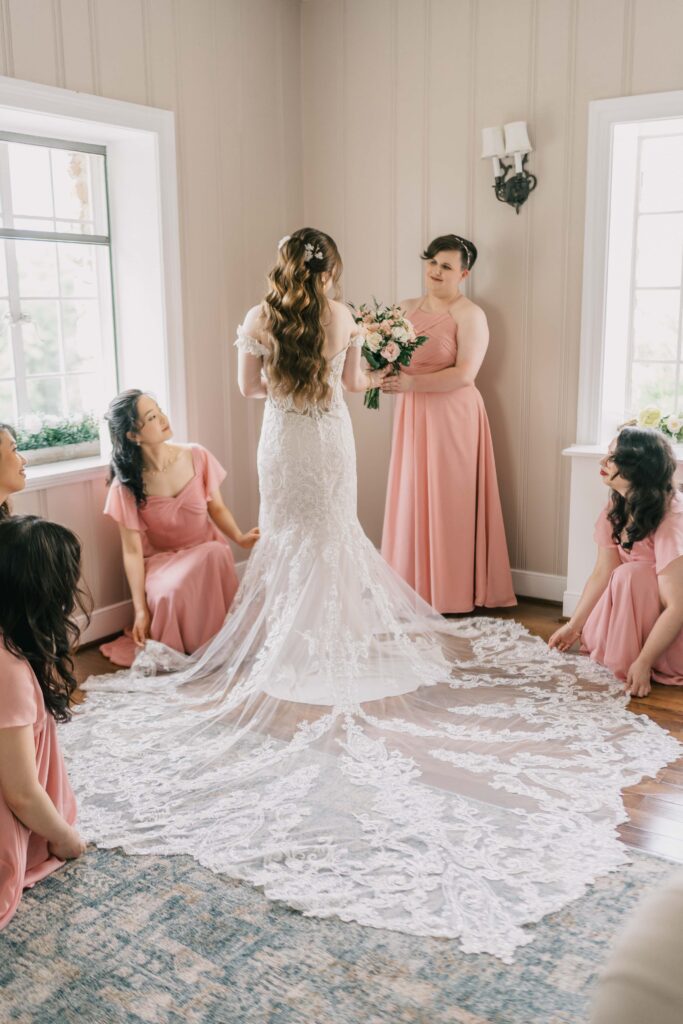
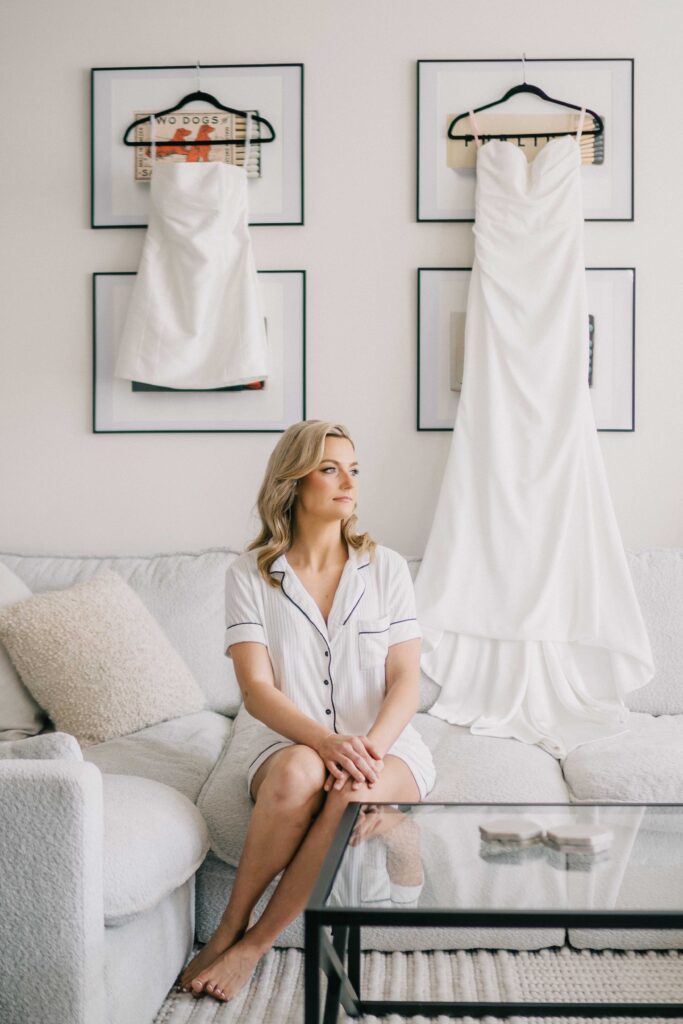
I usually photograph the bride just before their makeup and hair are done to capture the final touch. Then, my favorite session: bridal portrait! Everything is already polished at this moment. All that’s left is pure joy. I recommend planning at least 60 minutes for some staged and candid photos. You won’t regret having these precious pictures for many reasons. If you run out of time, scheduling a bridal portrait session before or after your wedding day can also be an option.
Groom’s Portrait (30 minutes)
The groom’s portrait session can be short compared to the bridal portrait session. If you have a tight timeline, add a second photographer to cover this part at the same time when the lead photographer is taking the bridal portraits.
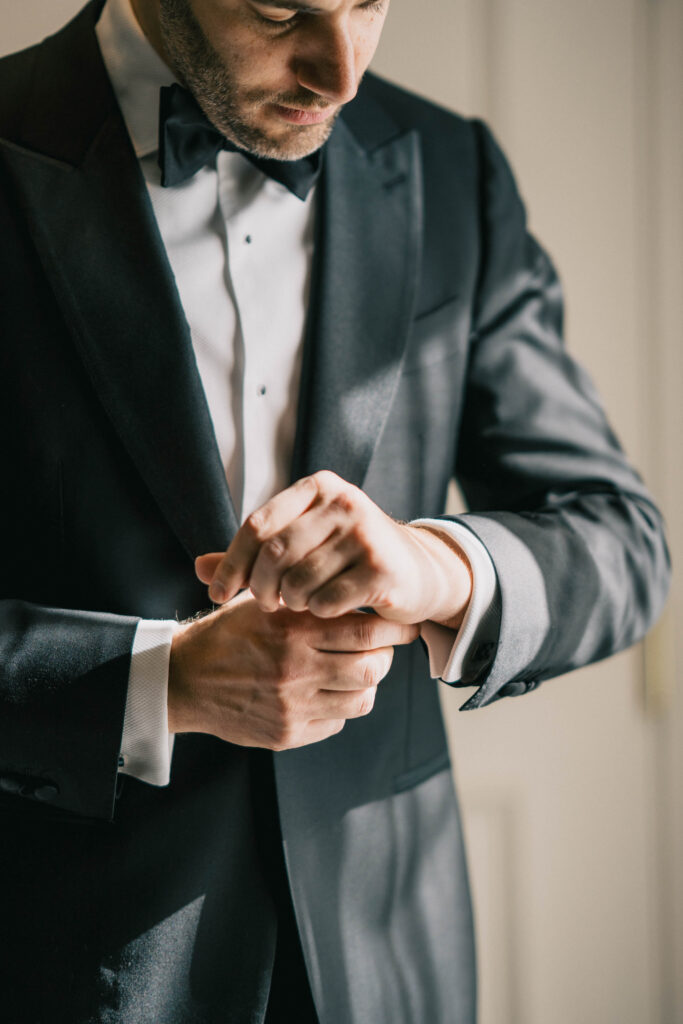
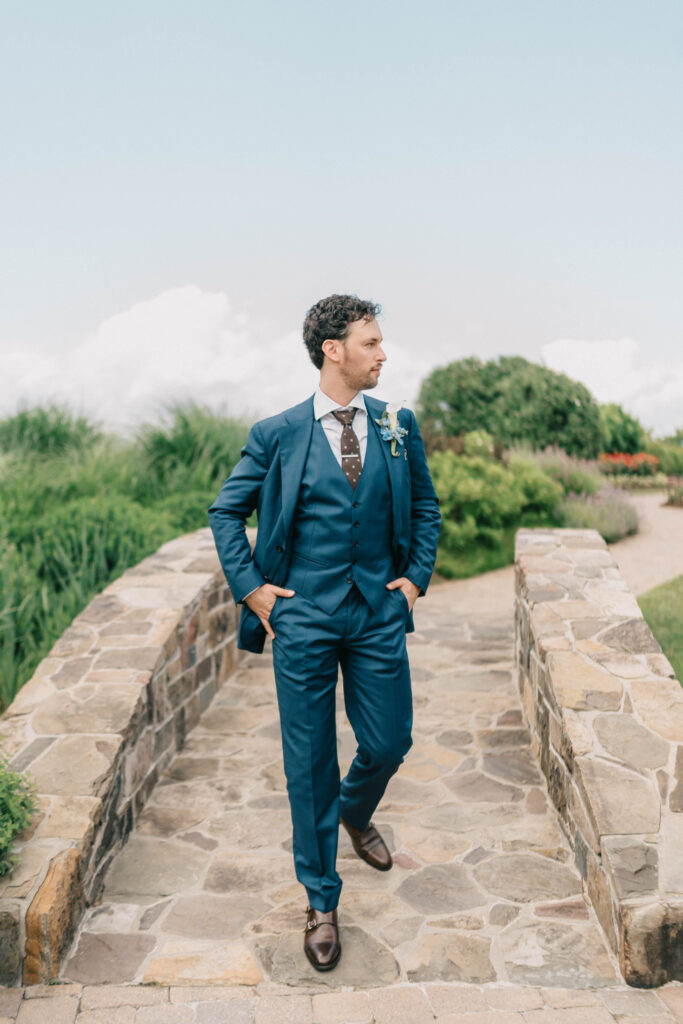
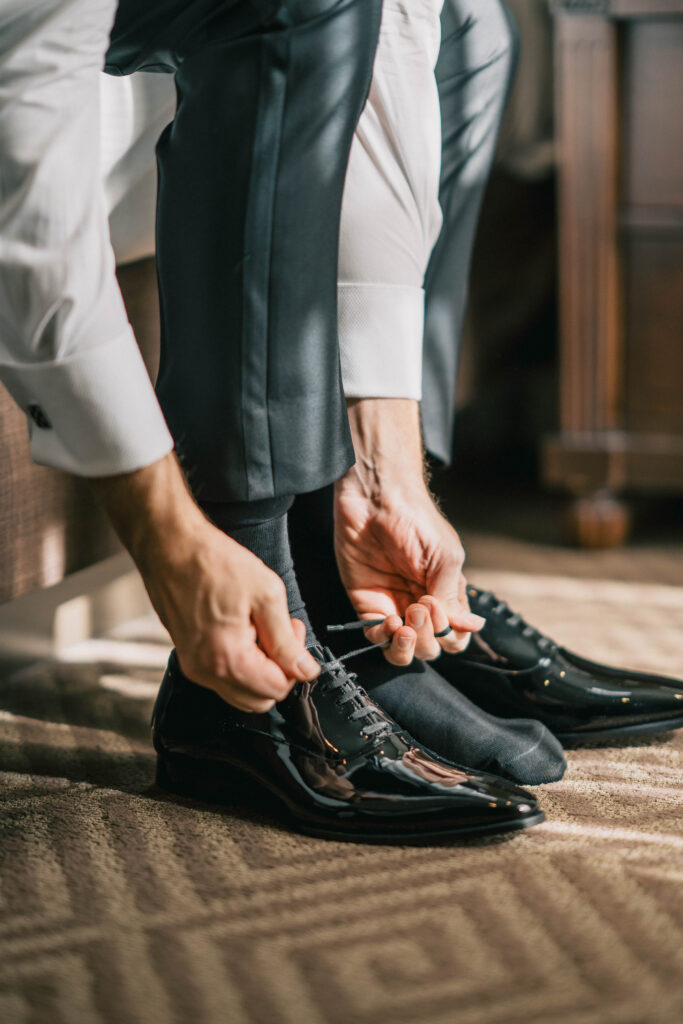
Couple’s Portrait (Optional: First look) (30 – 90 minutes)
Finally, one of the most unforgettable moments of your wedding day — your couple’s portraits.
This is when the world seems to slow down, and it’s just the two of you, soaking in the joy, the love, and the fact that you’re finally here.
We can capture this magic before the ceremony, beginning with a heartfelt first look, or afterward during the golden light of sunset — or both. These portraits often become the images you’ll frame, share, and cherish for a lifetime.
If we take them before the ceremony, you’ll not only have those intimate moments preserved, but you’ll also free up precious time later to be fully present with your guests — laughing, hugging, and celebrating without feeling rushed.
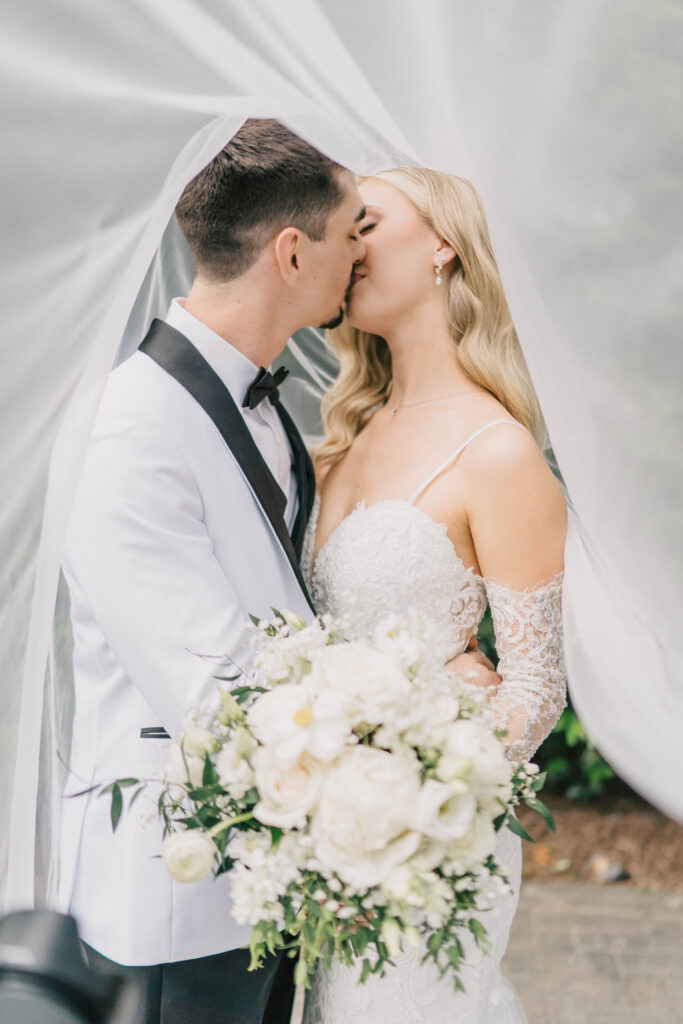
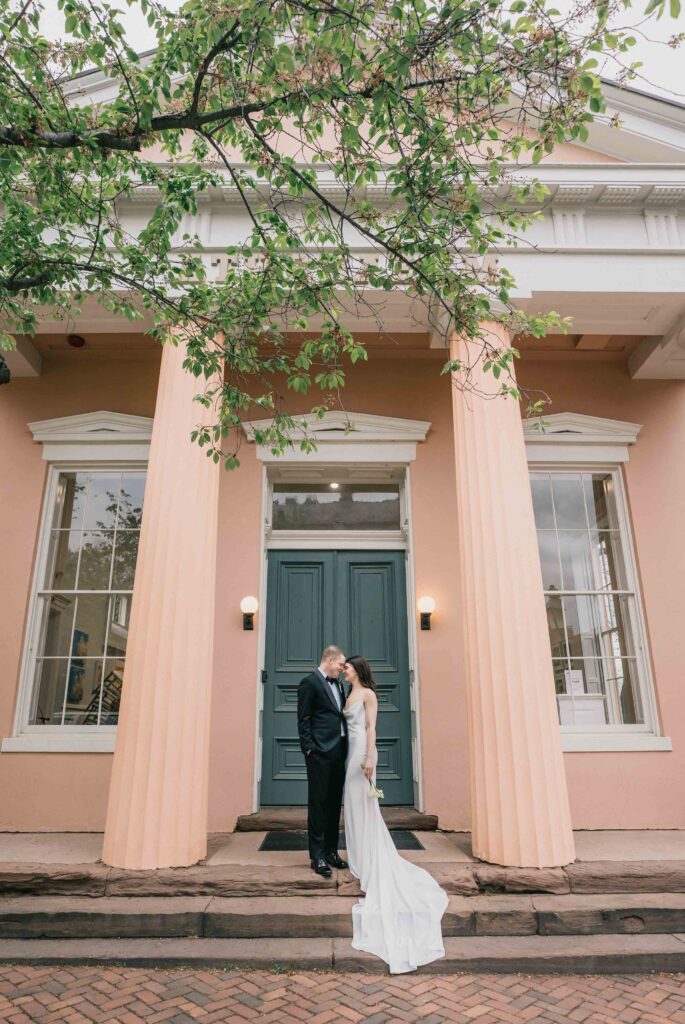
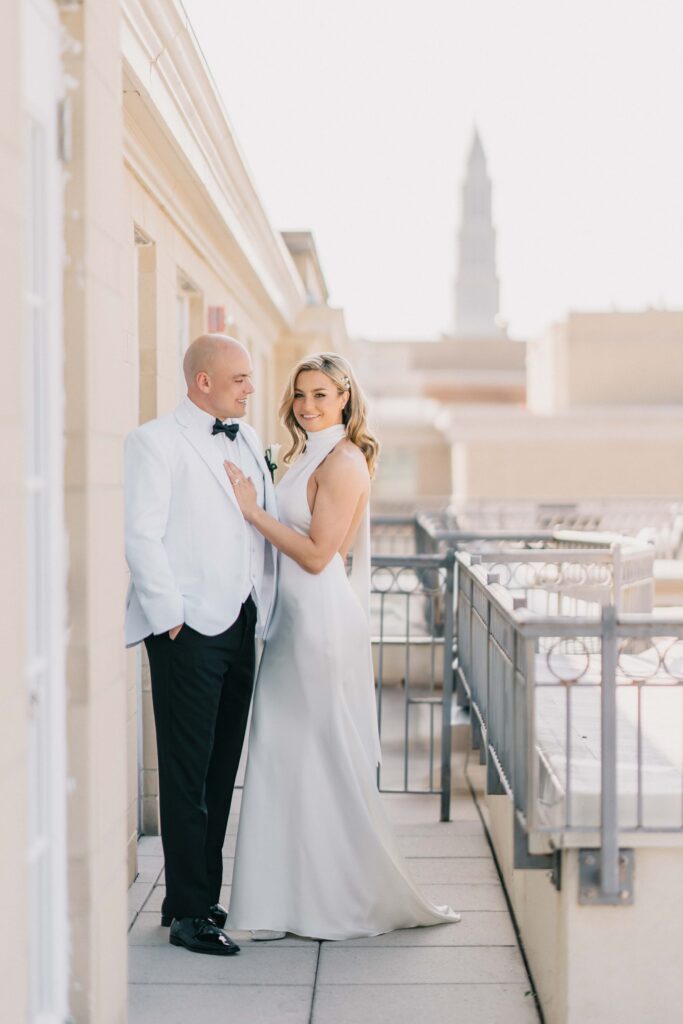
Immediate/Extended Family Portrait (30 minutes)
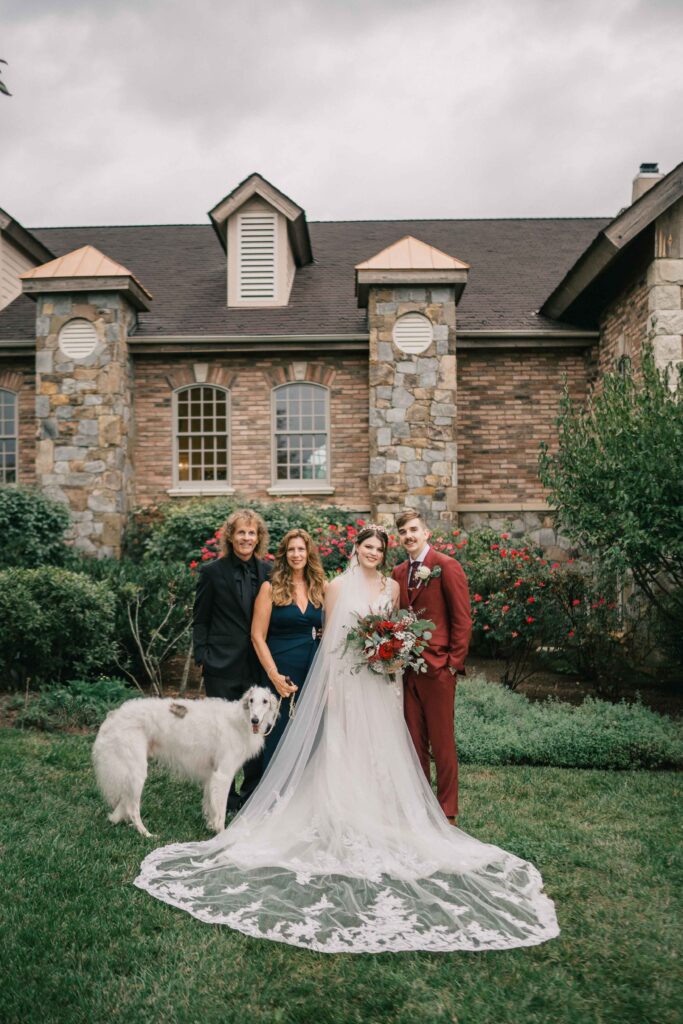

Some couples prefer to complete immediate family portraits before the ceremony, as the schedule can quickly become crowded once guests begin arriving. There are advantages and drawbacks to scheduling these portraits either before or after the ceremony.
A pre-ceremony family portrait session requires careful planning. Assigning a family member or working with the wedding planner to gather the wedding party and extended family ensures no one is overlooked during group shots. This approach can help streamline the day and keep the timeline on track. In contrast.
A post-ceremony family portrait session is easier to coordinate because all family and friends are already present. However, it may cut into the couple’s time for socializing during cocktail hour or the reception.
I generally recommend completing at least the immediate family portraits before the ceremony. This approach frees up more time later in the day to relax, enjoy the celebration, and potentially capture additional couple’s portraits.
Golden Hour (10-60 minutes)
The golden hour — roughly 1 to 1.5 hours before sunset — offers the most flattering light of the day for portraits. If your ceremony is scheduled later in the afternoon, plan to have this session immediately after the ceremony or group photos. Reserve at least 15 minutes for golden hour portraits, and consider allowing even more time if there was no opportunity for couple’s portraits earlier in the day.
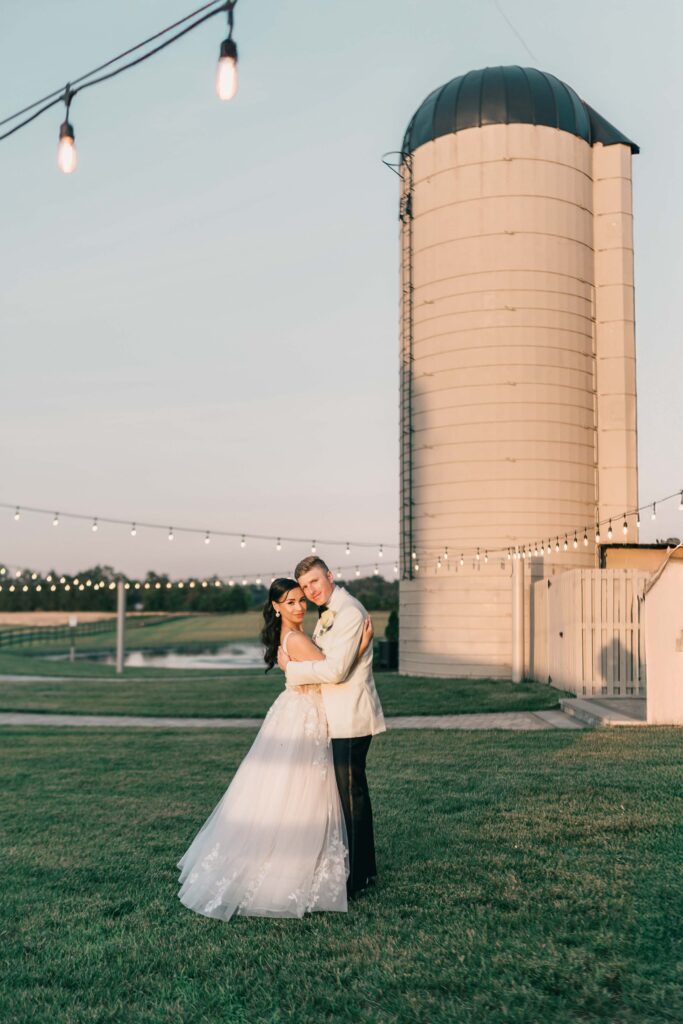
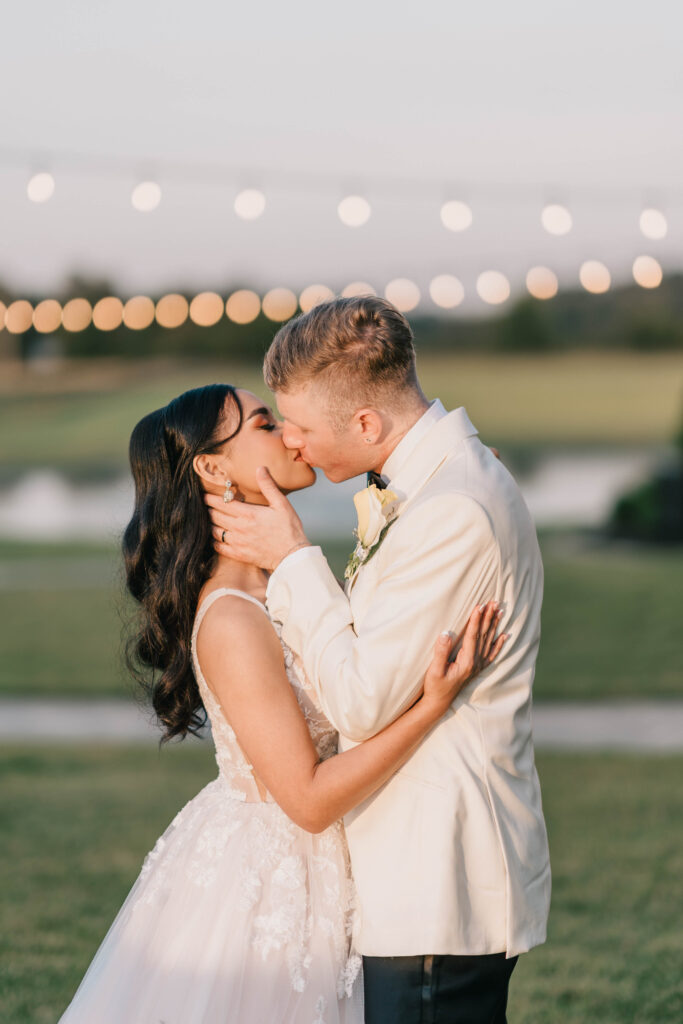
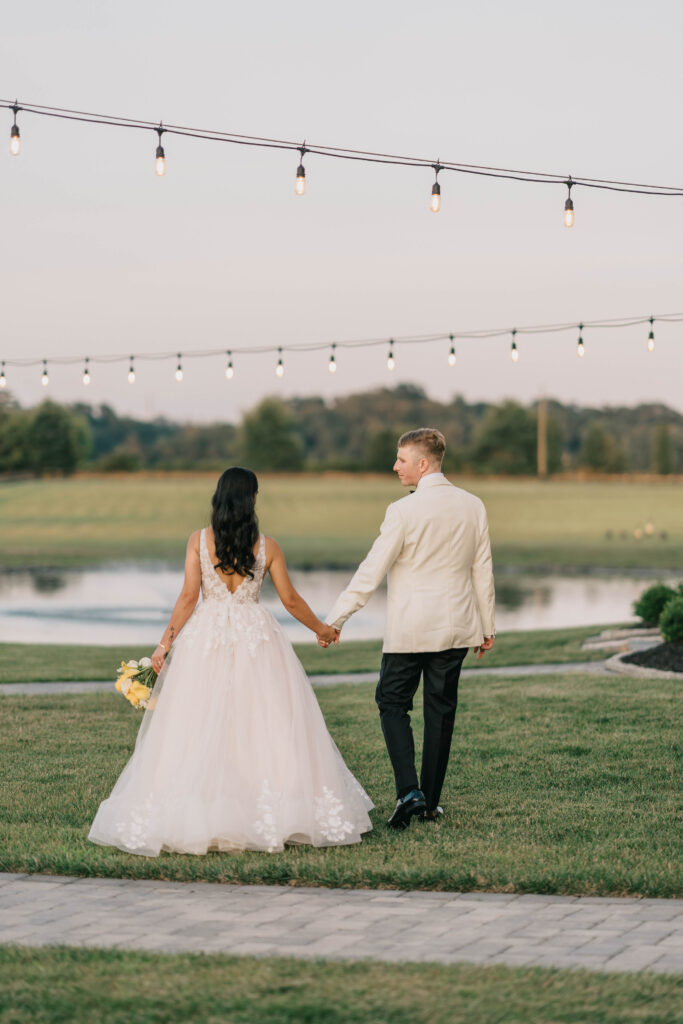
Final Thoughts:
Remember, there’s no “one right way” to plan your day — it’s your wedding, and the most important thing is that it feels right for you. You get to decide what fits your vision, your priorities, and your comfort.
If you’re feeling overwhelmed by all the choices, consider these suggestions a gentle starting point. They’re here to help you create a timeline that feels smooth, relaxed, and allows you to truly enjoy every moment.